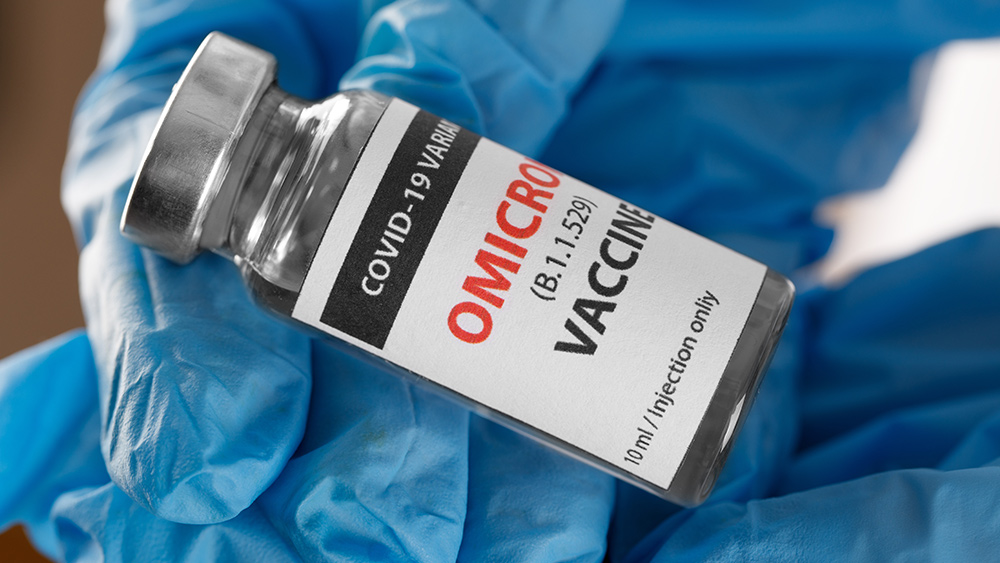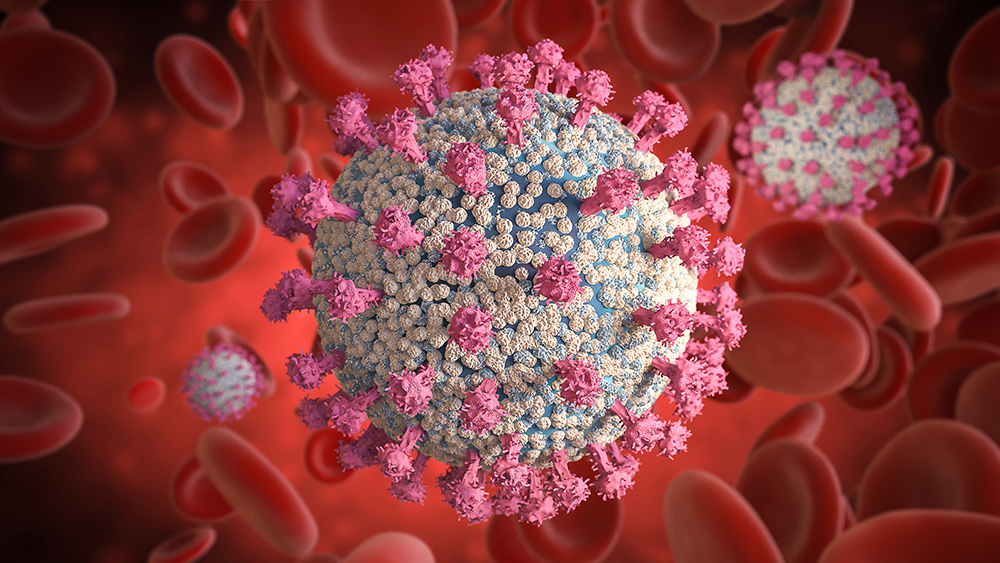Researchers look to nanopores for new water treatment methods
11/06/2020 / By Franz Walker

For a while now, scientists have been looking into the use of nanomaterials as a way to clean water. The idea is that nanofilters made from these materials would be able to remove even the smallest impurities and contaminants in water.
In a recent study published in The Journal of Physical Chemistry, a team led by researchers at the Massachusetts Institute of Technology reviewed the latest findings on nanopores, particularly the use of “single digit nanopores” (SDNs), which are the narrowest nanopores ever created and the most promising when it comes to water purification.
Filtering water through the smallest of holes
Nanopores are minute openings or holes on the surface of synthetic materials. Due to their incredibly small (nanometer) size, they are often used for research applications that require controlled passage of molecules.
Not all nanopores are created equal, however, and some are much smaller than others. SDNs are the smallest of all nanopores, having diameters that are less than 10 nanometers in size.
SDNs’ small size means that not a lot of molecules can pass through them. Water molecules, however, can pass through SDNs of certain sizes. This is where the idea of using them in water treatment systems came from.
To explore this possibility, the researchers reviewed recent experiments involving the use of SDNs. They successfully identified critical gaps in the current understanding of nanoscale hydrodynamics, thermodynamics, fluidic structure and molecular sieving.
“If we can fill these gaps, we can discover new mechanisms of molecular and ionic transport at the nanoscale that may apply to a host of new technologies,” said Tuan Anh Pham, a computational materials scientist at the Lawrence Livermore National Laboratory (LLNL) and coauthor of the study.
Pham and his colleagues believe that SDNs can be tailored to sieve ions effectively from seawater, making them effective membranes for seawater desalination. This could help provide more drinking water in places where salt water is more abundant than fresh water.
“A deeper understanding of water transport through SDNs may allow us to build robust synthetic analogs of transmembrane proteins, such as aquaporins, for water treatment applications,” added coauthor Aleksandr Noy.
The applications of SDNs go beyond just purifying drinking water. For example, they could also be used to differentiate between polar and non-polar fluids. SDNs could even be used to generate electricity via osmotic power harvesting. (Related: Study: Light and nanotech can prevent bacterial infections caused by medical implant surgeries.)
Nanotechnology approaches for water purification
The recently published study isn’t the first of its kind. Researchers from different parts of the world have been exploring the potential of nanoscale materials and the many ways they can be incorporated into water treatment devices.
For instance, in 2010, researchers from India reviewed different nanoscale filtration systems that could turn dirty water into clean, potable water. They noted that using nanoscale materials with nanoscopic pores offers significant adavantages. For one, not only do these materials perform better than conventional filters, but they also require less water pressure, making them more power-efficient.
“The main advantages of using nanofilters, as opposed to conventional systems, are that less pressure is required to pass water across the filter; they are more efficient; and they have incredibly large surface areas and can be more easily cleaned by back-flushing compared with conventional methods,” the Indian researchers wrote in their report, which appeared in the International Journal of Nuclear Desalination.
The team also identified a number of problems with the technology. At the time, nanofilter technology was quite simple and limited.
“While the current generation of nanofilters may be relatively simple, it is believed that future generations of nanotechnology-based water treatment devices will capitalize on the properties of new nanoscale materials,” they wrote.
The MIT-led study shows how much nanopore technology has grown over the past decade. With more research, nanofilters for water purification that take advantage of SDNs or other, more advanced nanotechnologies, could one day provide clean water to more people around the globe.
Sources include:
Submit a correction >>
Tagged Under:
clean water, future science, future tech, goodtech, innovations, inventions, materials science, nanofilters, nanomaterials, nanopores, nanotechnology, research, science and technology, water filtration, water purification
This article may contain statements that reflect the opinion of the author
RECENT NEWS & ARTICLES
COPYRIGHT © 2017 RESEARCH NEWS




















